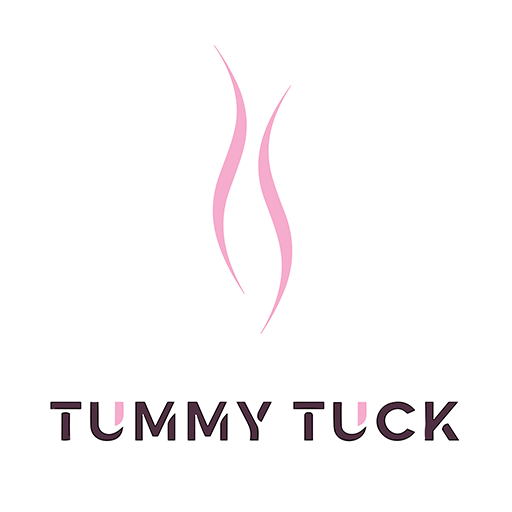About Tummy Tuck
“At Tummy Tuck Clinic, our commitment to excellence and patient care is unparalleled. Our board-certified surgeons have years of experience, and they’ll work closely with you to create a personalized treatment plan that suits your unique needs.”
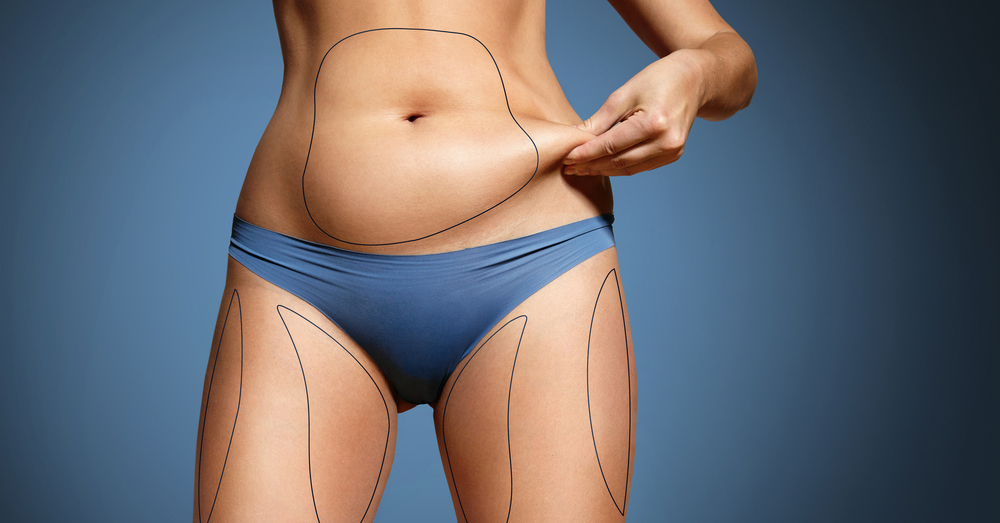
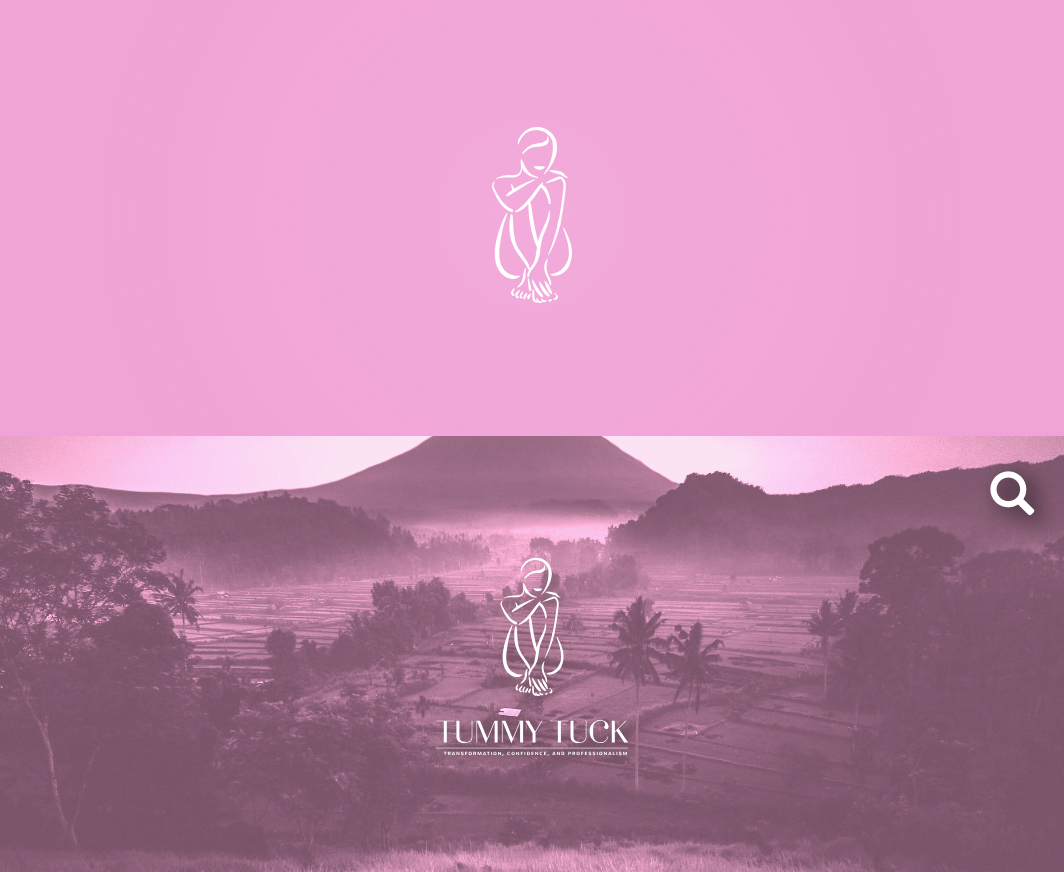
“Your safety and satisfaction are our top priorities. We’ll be with you every step of the way, from the initial consultation to the final follow-up.”
10+
Years of experience
20k+
Happy customers
Dedication
“Our dedication doesn’t end with the surgery. Our compassionate medical staff will guide you through the recovery process, ensuring a smooth and comfortable healing journey.”
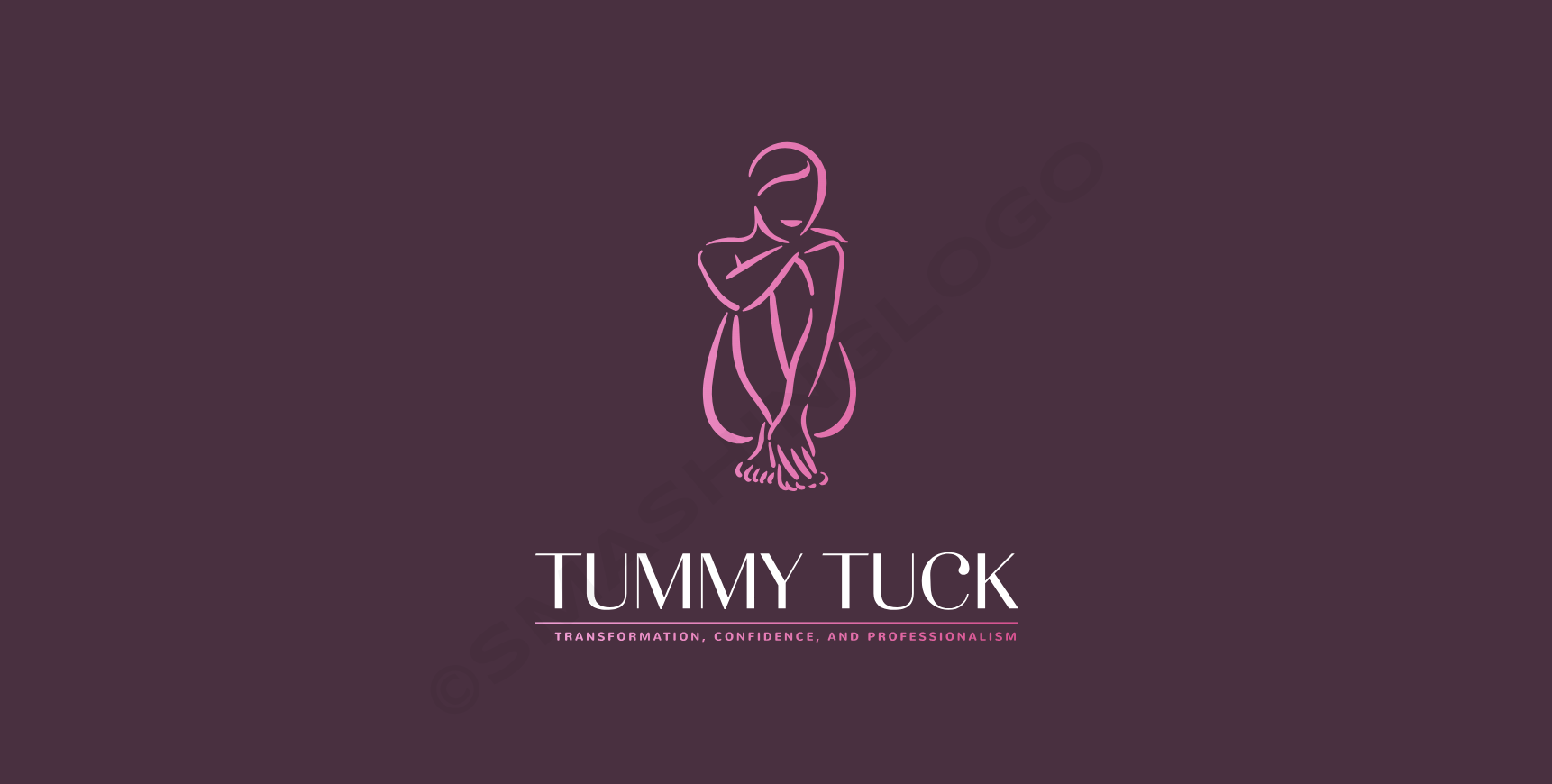
BOOK AN APPOINTMENT
0777 567 566
Kandy
Sri Lanka
Divarication
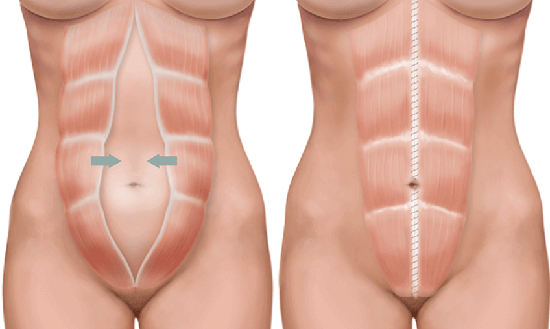
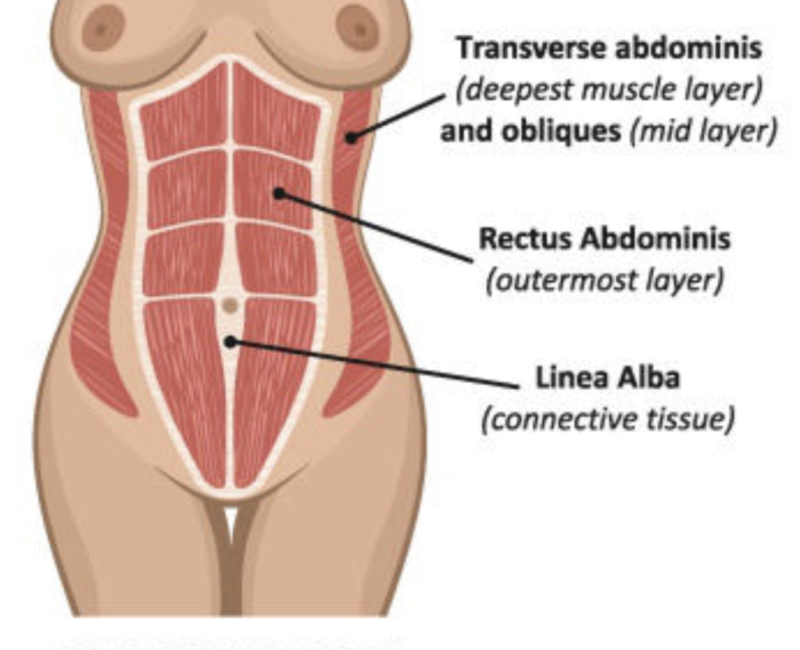
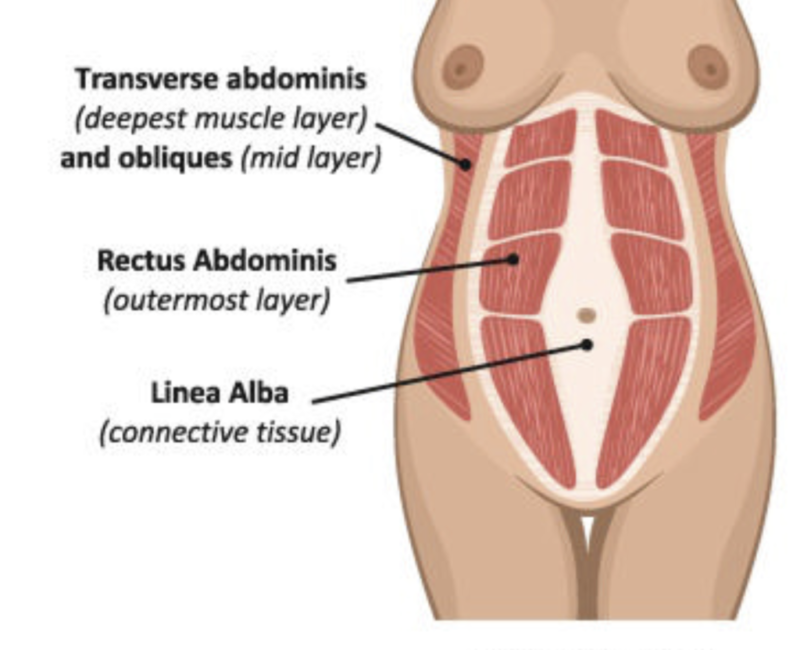
After pregnancy
How will a woman’s body change before, during, and after pregnancy, and how will those changes influence their ability to exercise?
A woman’s body goes through a plethora of changes while she is pregnant to make room for the new life that is developing inside of her. Their ligaments become more lax, and the muscles in their pelvic floor stretch and become less strong. Alterations to one’s posture will also result in alterations to the centers of gravity throughout the body. Diastasis recti, often known as abdominal separation, can also affect pregnant women and new mothers. In addition to causing moms frustration, the aforementioned shifts may also put them at risk for sustaining injuries or experiencing tension in the hips, shoulders, neck, and lower back. Therefore, new mothers need to give some thought to the process of core restoration and reconnection after delivery before getting back into their training regimen from before pregnancy.
The separation of the abdominal muscles known as diastasis recti can occur both during and after pregnancy. During pregnancy, your abdominal muscles will stretch to accommodate the growing size of your uterus. The linea alba, which is a band of connective tissues, thins out and separates as the condition progresses. After delivery, the very elastic linea alba will be repaired and return to its former position. This happens automatically. On the other hand, if the tissues are overstretched to the point where they lose their elasticity, the gap in the abdominals will not close as much as it should. This condition is known as diastasis recti. It is most common during pregnancy and in the weeks after delivery in women who have recently given birth. In the long run, this can result in pain in other parts of the body, most notably the back, the hips, or the pelvis.
